Local History of Western Coast of Mumbai
₹1,800.00
| Author | Ranjana Mishra |
| Publisher | Vidyanidhi Prakashan, Delhi |
| Language | English |
| Edition | 2016 |
| ISBN | 978-9385539275 |
| Pages | 535 |
| Cover | Hard Cover |
| Size | 14 x 2 x 22 (l x w x h) |
| Weight | |
| Item Code | VN0046 |
| Other | Dispatched in 1-3 days |
10 in stock (can be backordered)
CompareDescription
Local History of Western Coast of Mumbai The book is about the local history of Western coast of Mumbai on the Western Sea Coast. The book vividly describes how the geographical, economic, social and cultural life of Mumbai has undergone sea of changes due to demographic, climatic and global reasons. The book is about evolution of Mumbai from its origin to present time. It is based on the experience, perspective and inter-views of large number of people living along the coastal area. It aims at a wider audience such as students, scholars, researchers and government officials to have a holistic approach towards learning local history. Local history is currently taking root all over the world and receiving recognition amongst the humanities social sciences and becoming integral part of mainstream history.
Some eminent and prominent historians still continue to resist this development, but large number of them have realized its imperativeness in the field of art, culture, heritage, history etc. Keeping all these in mind the book was conceived. In Mumbai many communities, religions, their traditions, festivals are nicely mingled into the city’s fabric. Mumbai is a melting pot of various culture and tradition beyond words and imagination. Historically too, Mumbai has always appeared as an island unto itself despite the plurality of castes, creeds, religions, languages and genders. The city has also played a significant role in India’s freedom movement, much more intensely than most other cities of India. The city over an area of about 600 square kilometres, is home to around 10 million people. The area has been inhabited for more than 2,000 years. The since prehistoric times. A group of seven islands, comprising Colaba, Mazagaon Old Woman’s Island, Wadala, Mahim, Parel, and Matunga-Sion forms the core of the city, which includes Mumbai’s twin city Navi Mumbai and the city of Thane. These seven islands were lush green thickly wooded and dotted with 22 hills.
If one walks through the various streets and lanes of Mumbai, one will get an idea of the unique architecture of the city. It is home to a number of heritage buildings which provide an idea of the Indo-Saracenic, Gothic, Art Deco and other modern architectural influences. After interviewing, a large number of people I realized that people are still unaware of important monuments of in and around area. It because of this ignorance there is apathy and the indifferent attitude of people towards these heritage sites. They are not compelling government to take some positive actions for their preservation. The government is also not taking any action against the people who are encroaching the forest area in Borivali and thus endangering the flora and fauna. There is sand mining which is making the western sea coast vulnerable to flood in case of cyclone or rise in the level of sea water. The greatest tragedy of Mumbai is the endangered local ethnic community. Because of globalization their younger generation is lured by the modern services and they are giving up their traditional occupation and going for smaller jobs which are not enough to sustain them. Even their traditional homes, known as “”gothan””, which can be a sight of heritage for the future generation are in dilapidated conditions. My book is a tribute to local history which are obscured and so far have not hot their due place. My objective is to limn life, culture, heritage and environment of this city rather merely to chronicle history. There is of course much in this city to be proud of. The process of development, which has begun now appears to convert Mumbai into a concrete jungle. Instead, let us take steps to fist make Mumbai into a livable good green clean city. That is all that environmentalists ask for i.e. a city which moves ahead with its development process, hand in hand with environment protection.
Understanding cultures can be difficult unless one looks back at history. For example: local history helps us understand people and societies since it is a storehouse of information about how people and societies have behaved in the past and how this behaviour over time and affected the society. The study of local history in no sense undermines loyalty or commitment, but it does teach the need for assessing arguments, and it provides opportunities to engage in debate and achieve different (and often, opposing) perspectives. Study of local history also helps in which is vital to understand change in society today. The ability to identify the continuities that always accompany even the most dramatic changes also comes from studying local history. The local historical study provides basic factual information about the background of our political and cultural institutions and about the values and problem that affect our social well-being. We can find an amazing wealth of information on so many historical figures, events, and locations by visiting our local area and studying them. The history is all around us and history is one of the greatest teachers one can ever find. As Edmund Burke once said. “If you want to avoid repeating mistakes of the past, you should learn what those mistakes were and how they came about.”


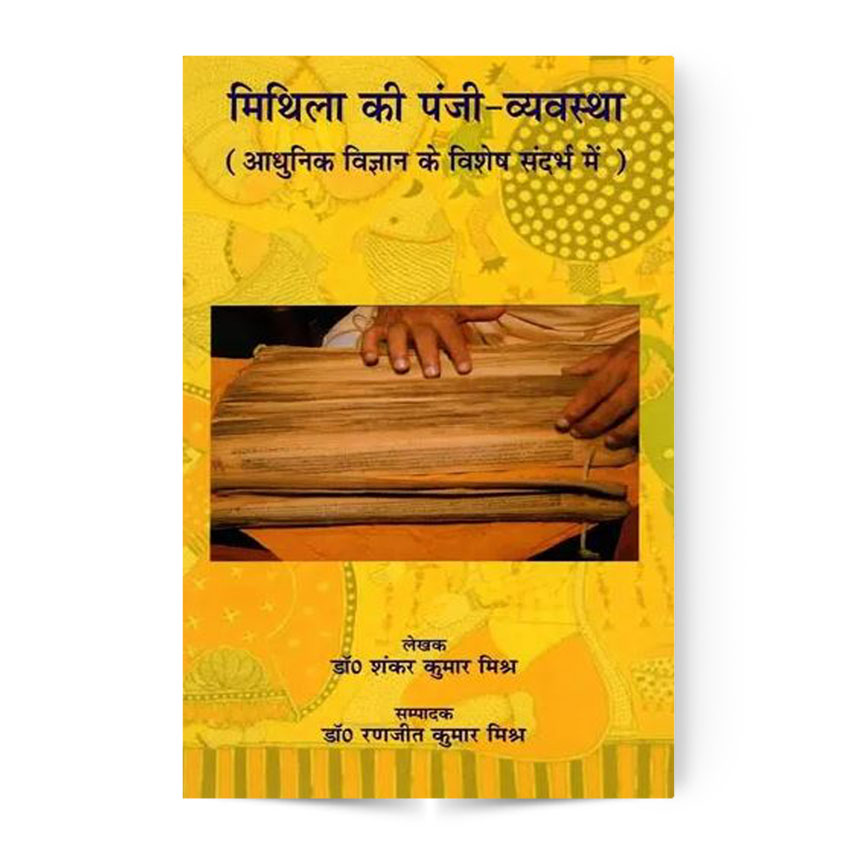


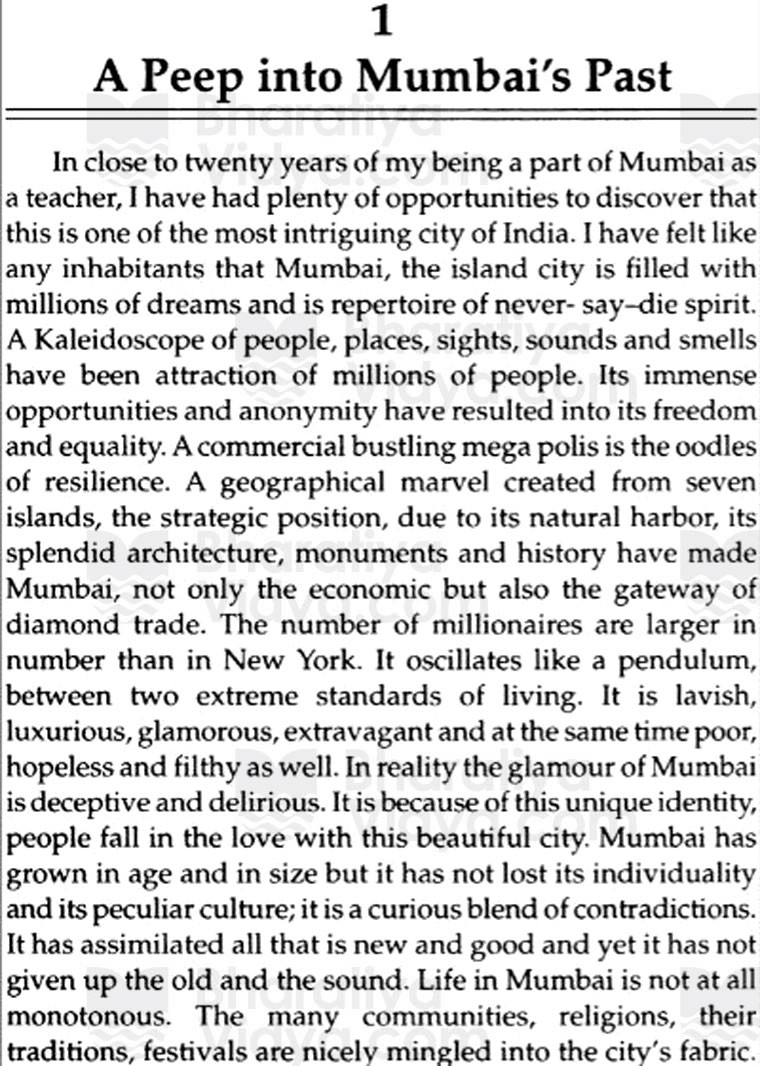
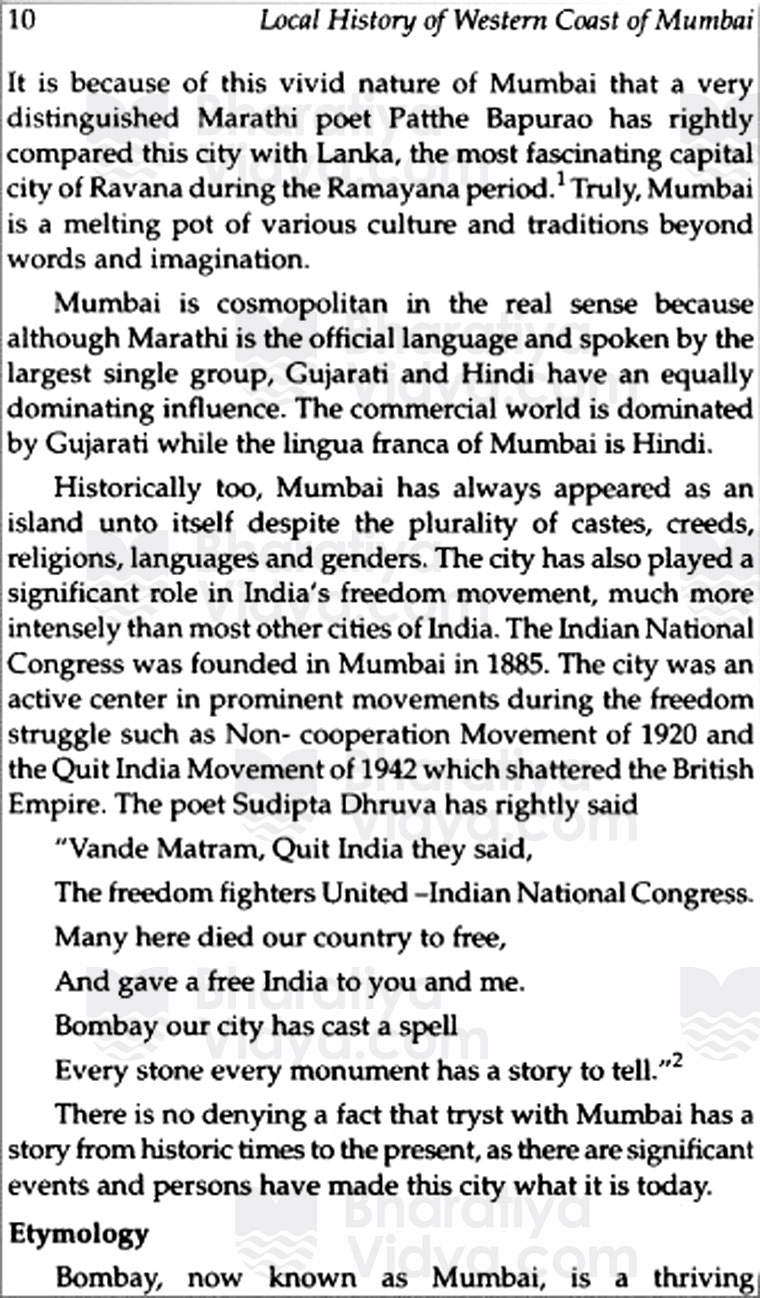

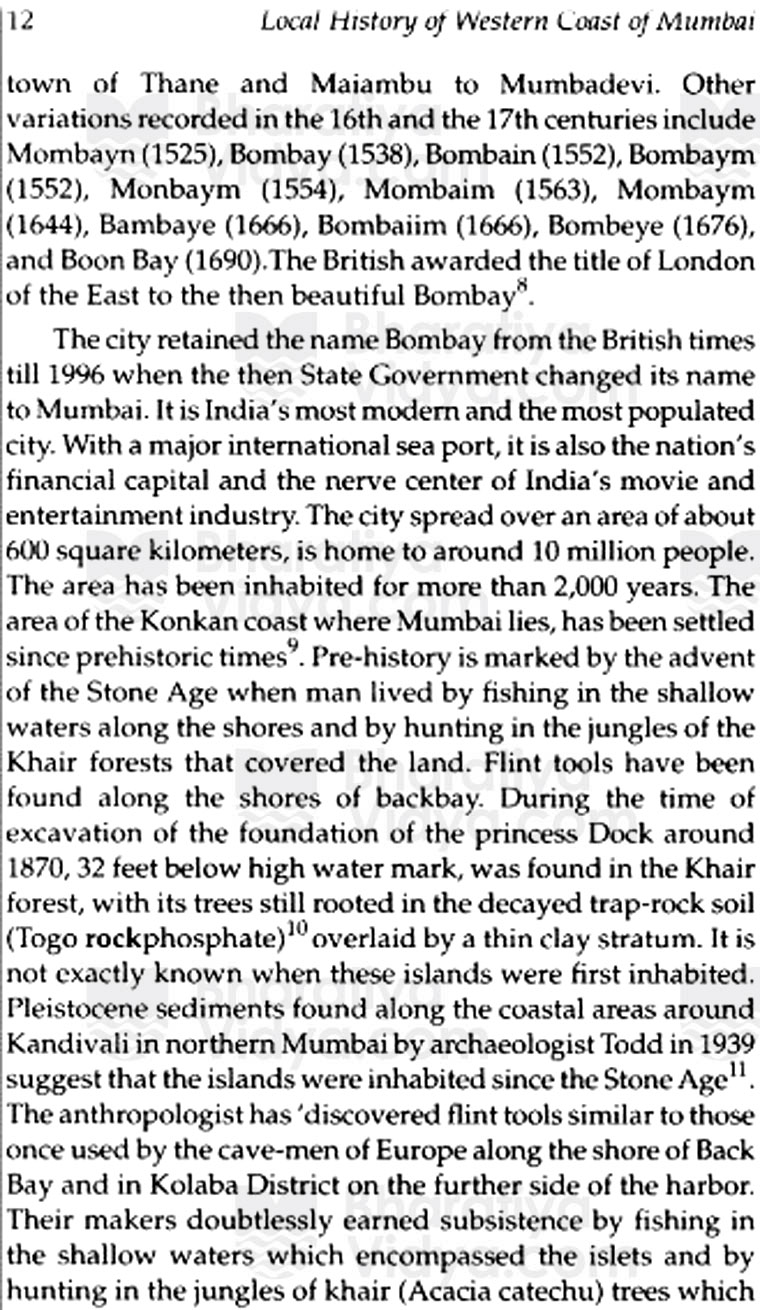

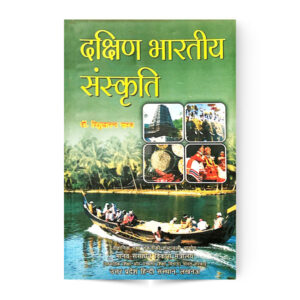
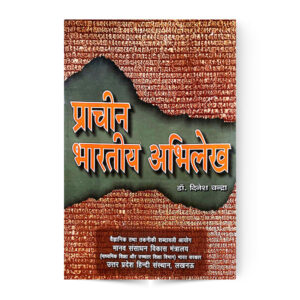
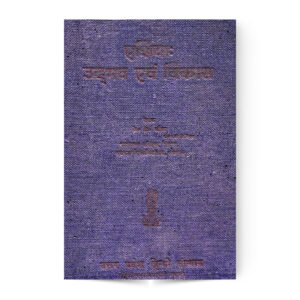

Reviews
There are no reviews yet.